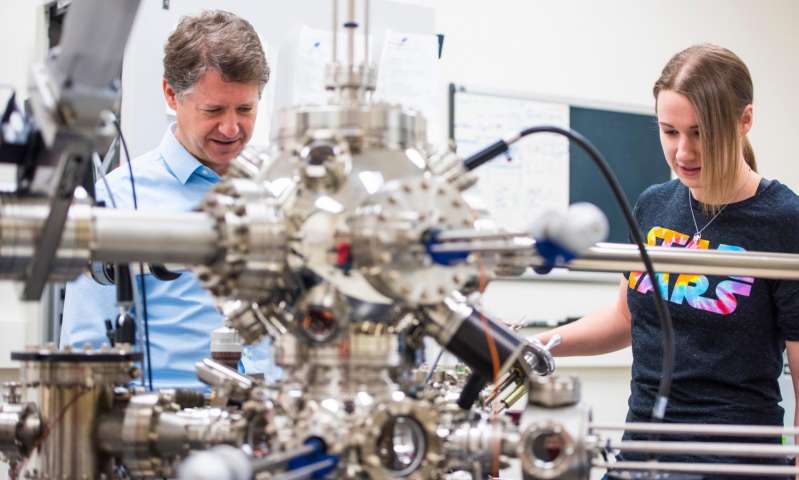[osd_subscribe categories=’ 3D Printer-2′ placeholder=’Email Address’ button_text=’Subscribe Now for any new posts on the topic “3D PRINTER”‘]
Receive an email update when we add a new 3D PRINTER article.
The Latest on: Open-source 3D printer
[google_news title=”” keyword=”open-source 3D printer” num_posts=”10″ blurb_length=”0″ show_thumb=”left”]
via Google News
The Latest on: Open-source 3D printer
- ‘Faster, better, cheaper’ homes: Venture seeks to bring 3D printing construction to Guamon April 26, 2024 at 2:53 pm
An affordable concrete home, with walls, plumbing and electrical fixtures built and installed in one day’s time?
- Bizarre AI camera turns images into sonnets and haikuon April 25, 2024 at 9:00 pm
The Poetry Camera turns the visual input it receives through its lens into an AI-generated poem that describes the scene. It's kind of like an AI image generator but in reverse: it takes a real image ...
- Cornell University Utilizes Pigs, Mussels, and 3D Printing to Maintain Lake Source Cooling Systemon April 24, 2024 at 10:10 pm
Mark Tarazi ’24 crunched over the gravel at Ithaca’s East Shore Park marina with the new stack of 3D-printed shackle-alignment tabs.Out in Cayuga Lake, 250 feet down, there was an octagonal 4-ton scre ...
- Students build low-cost cold spray metal 3D printer prototypeon April 24, 2024 at 1:33 pm
A team of Rice University students has developed a cold spray metal 3D printing device that relies on pressure and velocity rather than temperature to create a metal part. Their work could help expand ...
- Mitchell Public Library launches new 3D printer serviceson April 24, 2024 at 3:35 am
But the dinosaur is not one of hundreds ordered in bulk from some online source. The tiny reptile is unique to the Mitchell Public Library, having been created on its new 3D printer that is also now ...
- I Tried 3D Printing a Photo, Here's How It Wenton April 23, 2024 at 4:00 am
True lithophanes are porcelain pieces that have designs pressed into them when the porcelain is soft. Then, when held up to a light, the image becomes visible. The different thicknesses of the ...
- SprintRay Introduces Revolutionary MIDASon April 23, 2024 at 3:05 am
SprintRay, the leader in dental 3D printing, unveiled the Company's most significant innovation to-date to over 250 dental professionals at 3DNext, their summit in Miami. The Midas Digital Press 3D ...
- VoxelMatters report reveals top companies in composites AMon April 19, 2024 at 11:03 am
The new market study identified key players in a $785 million global market that grew by 21% year on year in 2023.
- Modix Releases High Capacity Griffin Ultra Extruder for More 3D Printerson April 19, 2024 at 8:47 am
Modix continues its quest to optimize large-format FFF 3D printing with their new toolhead, the Griffin Ultra.
via Bing News












